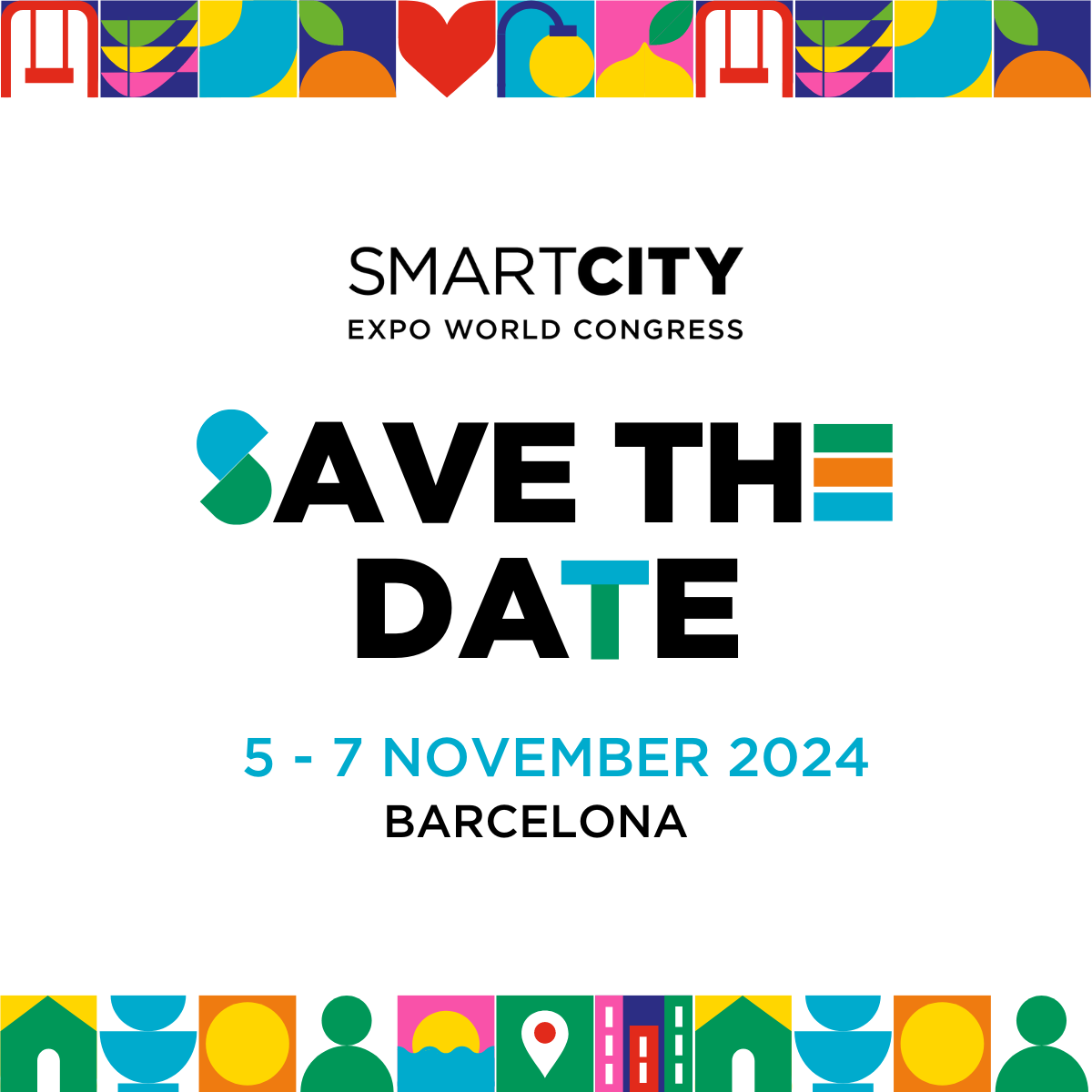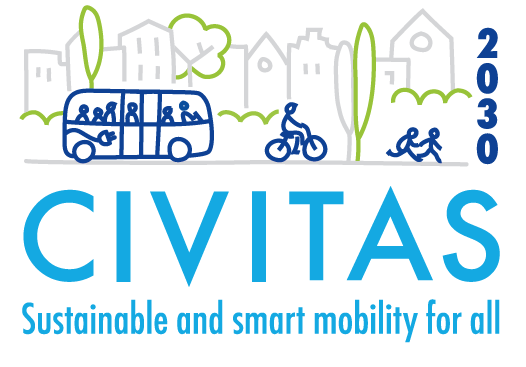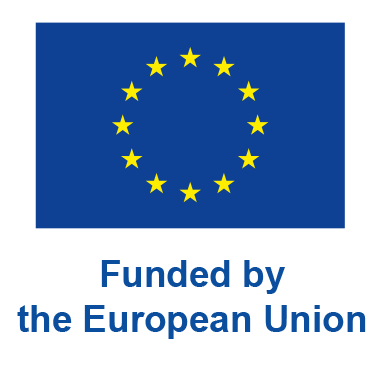Events
SCEWC Barcelona 2024 I BOOTH SESSION
- 05.11.2024
- Barcelona
Cities today face increasingly complex challenges, from worsening traffic congestion and rising greenhouse gas emissions to the urgent need for more efficient and sustainable urban mobility systems. Traditional, isolated approaches to mobility and logistics are no longer sufficient to tackle these issues. This interactive session brings together representatives from five leading projects—SYNCHROMODE, FOREMAST, DISCO, SPINE, and CLEVER—to discuss how a synchronized, multimodal approach can offer innovative solutions to these pressing challenges. By integrating advanced traffic management, zero-emission freight, urban logistics, and climate-neutral public transport, the session will explore how cities can transform fragmented systems into coordinated, efficient networks. Challenges and opportunities will be discussed concerning synchronizing different transport modes, managing real-time data, and scaling these solutions across diverse cities through data-proven emission calculations. Ultimately, this session will highlight how synchronized solutions not only improve transport efficiency but also create more resilient cities capable of adapting to disruptions, reducing emissions, and enhancing the quality of life for residents.
Session aim and foreseen outcomes:
The goal of this session is to provide cities with a clear understanding of how a synchronized, multimodal approach to urban mobility and logistics can help address key challenges such as traffic congestion, pollution, and rising greenhouse gas emissions. Through an interactive discussion, we will explore how the coordination of innovative solutions from five leading projects—SYNCHROMODE, FOREMAST, DISCO, SPINE, and CLEVER— can drive tangible improvements in urban environments. The session will also emphasize the importance of collaboration between stakeholders, from public authorities to private enterprises, to fully unlock the potential of these innovations.
Key outcomes:
- Increased awareness of how synchronized, multimodal transport systems can provide solutions for achieving sustainable urban mobility.
- A clear understanding of how cities can integrate advanced traffic management, zero-emission freight transport, and collaborative logistics platforms within smart city frameworks.
- Identification of key challenges and opportunities for scaling these solutions across other urban regions.
- Practical insights for policymakers and city planners on the benefits of adopting climate-neutral public transport and logistics systems to meet urban sustainability and climate goals.
| Agenda (approximate timings, speaker flow, speaker names and speaker topics): | |
| 14:00 – 14:05: | Introduction by the Moderator |
Paola Chiarini (TBC) – Policy Officer at DG MOVE – Research and Innovative Transport Systems at European Commission
|
|
| 14:05 – 14:35: | Interactive panel discussion |
Representatives from the SYNCHROMODE, FOREMAST, DISCO, SPINE, and CLEVER projects will discuss the key challenges and opportunities related to:
|
|
| 14:35 – 14:45: | Audience engagement |
| Audience will have ample opportunities to actively participate in the discussion by providing input through the interactive Slido and join the conversation by posing questions or offering their insights. | |



